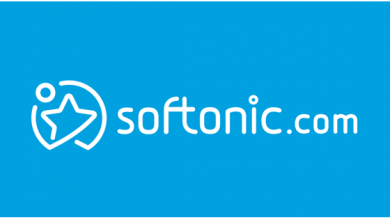SSO, or single sign-on, is an authentication service that allows a user to log in to one service or account and then access several apps. After a single sign-on, the technology provides automatic authentication for all subsequent logins.
Ideally, authorized users would not need to repeatedly log in to each application or service. Cloud services, web portals, intranets, and other settings where users need to access and move between several apps are prime candidates for a single sign-on. eCommerce, banking, and other apps and websites directed at end users also benefit from this. With SSO, users don’t have to remember multiple login credentials for different enterprise and third-party applications.
Many renowned corporations employ various SSO types of authentication. For instance, if you have a Gmail account, then you also get access to all the other Google applications that go along with it, such as Drive, Docs, Youtube, etc.
Below, you can read more about what SSO is and how it functions.
Contents
Why Is SSO Important?
Businesses now use a wide variety of programs and services to streamline operations and boost output. Fragmentation is a common issue for IT departments and end users after a migration to the cloud and/or on-premise systems.
For instance, the IT department needs additional time and expertise to manage fragmented applications. Users also depend on a plethora of third-party tools and resources. In the past, this would require frequent logging in and out of different programs throughout the day.
Using SSO, you can access multiple services and applications without repeatedly entering your credentials. As a result, you need to enter their credentials only once to obtain access to everything, and you can easily go from one program to another without having to log out and back in.
In addition to enhancing security and the user experience, it also reduces the effort and expenses of the IT department, which would otherwise have to spend most of its time dealing with login difficulties.
How Does SSO Work?
The SSO method relies on a mutually trusting connection between the user’s identity provider (often a server) and the application. They do this by exchanging certificates, which the service or application then checks to make sure they come from a reliable authority.
While it might vary from one protocol to the next and from one on-premises application to another on the cloud, the login flow typically looks like this:
- A customer tries to contact the service provider via the medium of the service’s associated website or application.
- To verify the user’s identity, the app will transmit a token to the identity provider or SSO service.
- The SSO framework verifies the user’s status in the authentication process. In this case, the user is allowed to continue using the program. Otherwise, the user will be prompted to enter their credentials.
- Following successful authentication, the identity provider will issue a token to the service or application, allowing the user to proceed with using it.
The SSO service establishes a connection to the main identity provider server when a user logs into a service or application that uses SSO. Next, the system generates an authentication token to demonstrate the user’s legitimacy. Both the application server and the user’s web browser will keep a copy of this.
Single Sign-On Benefits
Multi-factor Authentication is Simpler to Implement
SSO makes it simple to implement MFA since it is centralized in both operation and management. In this scenario, customers just need to enable MFA once, as opposed to many times for different apps and services.
Password Recovery Time Reduced
Helps you get back into your account faster if you’ve forgotten your password. IT departments often spend a significant amount of time every year helping employees with password problems. But SSO cuts down on the need for new passwords and the time it would take to reset them.
Enhanced Efficiency
SSO authentication increases efficiency by reducing the time it would take for workers to access several apps by removing the need to log in to each one individually.
After logging in for the first time, users will not be prompted to provide their credentials again while switching between different apps.
Improves Law Compliance
HIPAA, PCI DSS, and other regulations place stringent demands on regulated businesses, including healthcare, banking, and others. Since SSO requires only a single set of credentials to access all services and resources, it makes compliance much simpler for businesses.
Final Thoughts
These days, many businesses depend on SSO systems to ensure that their data remains accessible and secure. Last year, in the United States and Canada, 74% of businesses implemented an SSO system, with another 32% planning to do so in the near future.
Implementing a zero-trust strategy relies heavily on centralized authentication services like SSO. By reducing the need for passwords and incorporating extra security features like multi-factor authentication, SSO does this and ensures users can sign in once to obtain access to various services.



